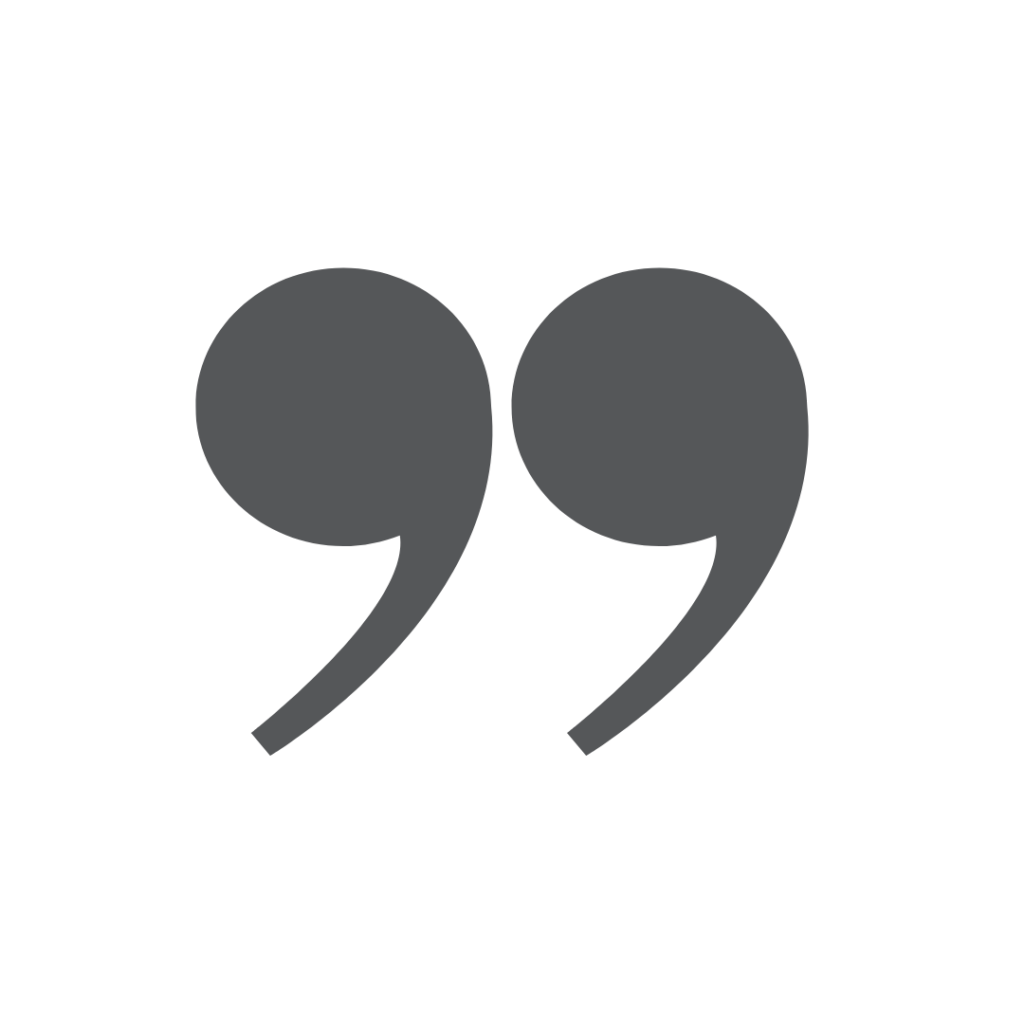The Brain-Body Connection: Adopt Cross-Curricular Approaches in Elementary PE

When the brain chemistry is activated through movement, we are primed to learn and retain information better than if we were seated in a desk.
– Mike Graham, Gopher

INTRO
Physical education engages students in all three of the learning domains – the cognitive, the affective, and the psychomotor. Incorporating literacy concepts into physical activity such as ABC Scooter, Quarterback Scrabble, Dribble Spelling, and Password is a great way to implement cross-curricular activities.
OBJECTIVES
- Engage all three learning domains: cognitive, affective, psychomotor
- Implement cross-curricular activities that help all students engage and learn
RESOURCES
- GOPHER WEBSITE BLOG: Elementary Cross-Curricular Activities – Learning by Doing
- Complete list of activities
Preparing students for the 21st century requires all teachers from all subject areas to examine their teaching practices and take a more multidisciplinary approach to learning. Physical education engages students in all three of the learning domains – the cognitive, the affective, and the psychomotor.
The Brain-Body Connection
Existing research demonstrates the importance of the brain-body connection. Exercise increases circulation to the brain, connections between neurons in the brain, the release of neurotransmitters, and the release of neurotrophic factors (BDNF), among the most notable benefits. When the brain chemistry is activated through movement, we are primed to learn and retain information better than if we were seated in a desk.

Literacy and Movement Activity Example: ABC Soccer
A foot dribbling activity incorporating spelling and vocabulary.
- Set Up: Students scatter in personal space with a ball. Lettered poly spots scatter around the playing area.
- Game Play: On the signal, students dribble with their feet around the gym to guide their ball to touch the letters that spell a given word. Use PE vocabulary, spelling lists from the classroom teacher, or reading sight words. Or, try having students spell their name or find all 26 letters of the alphabet in ABC order.
Another example activity:
- Quarterback Scrabble – a throwing & catching activity
TIPS
- Little Things are simple activities you can do tomorrow, or within the next week.






Responses